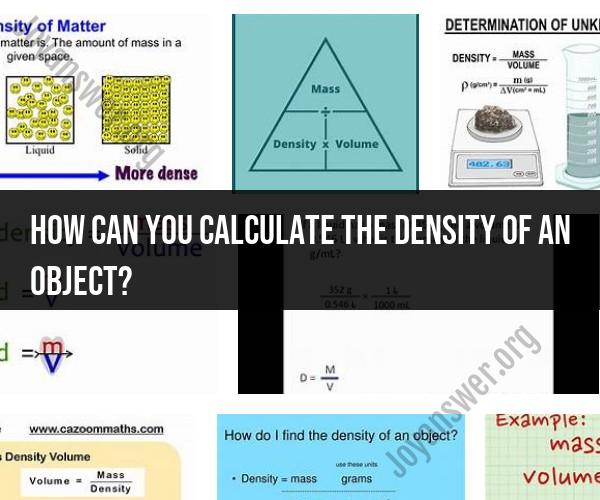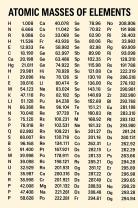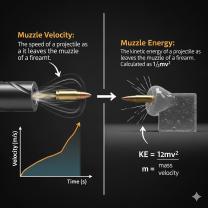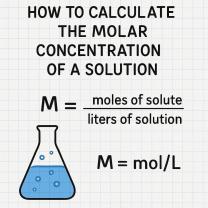How can you calculate the density of an object?
Density is a fundamental concept in physics and chemistry that describes how much mass is contained within a given volume. Understanding density and how to calculate it is essential in various scientific and real-world applications. This guide will take you through the step-by-step process of calculating density:
1. Understanding Density:
Density is defined as the mass of an object per unit volume. It is commonly expressed in units such as grams per cubic centimeter (g/cm³) or kilograms per cubic meter (kg/m³).
2. Gathering the Necessary Data:
To calculate density, you'll need the mass of the object and its volume. The mass can be measured in grams or kilograms, while the volume can be measured in cubic centimeters or cubic meters, depending on the units used for density.
3. Calculating Density:
The formula to calculate density is:
Density = Mass / Volume
Plug in the values for mass and volume and perform the division to find the density in the appropriate units.
4. Units and Conversions:
Ensure that the units for mass and volume are compatible with the units you want to express density in. You might need to perform unit conversions to ensure consistency.
5. Real-World Example:
For example, if you have an object with a mass of 120 grams and a volume of 40 cubic centimeters, the density would be calculated as:
Density = 120 g / 40 cm³ = 3 g/cm³
6. Understanding the Significance of Density:
Density plays a crucial role in various applications, such as determining whether an object will float or sink in a liquid, identifying substances based on their density, and analyzing the composition of materials.
7. Practice and Application:
Practice calculating density with different objects and substances to enhance your understanding. Apply density calculations to real-world scenarios to solve problems and make informed decisions.
Conclusion:
Calculating density is a fundamental skill that unlocks insights into the physical properties of materials and objects. By following this step-by-step guide, you can confidently perform density calculations and apply your understanding to a wide range of scientific and practical situations.











